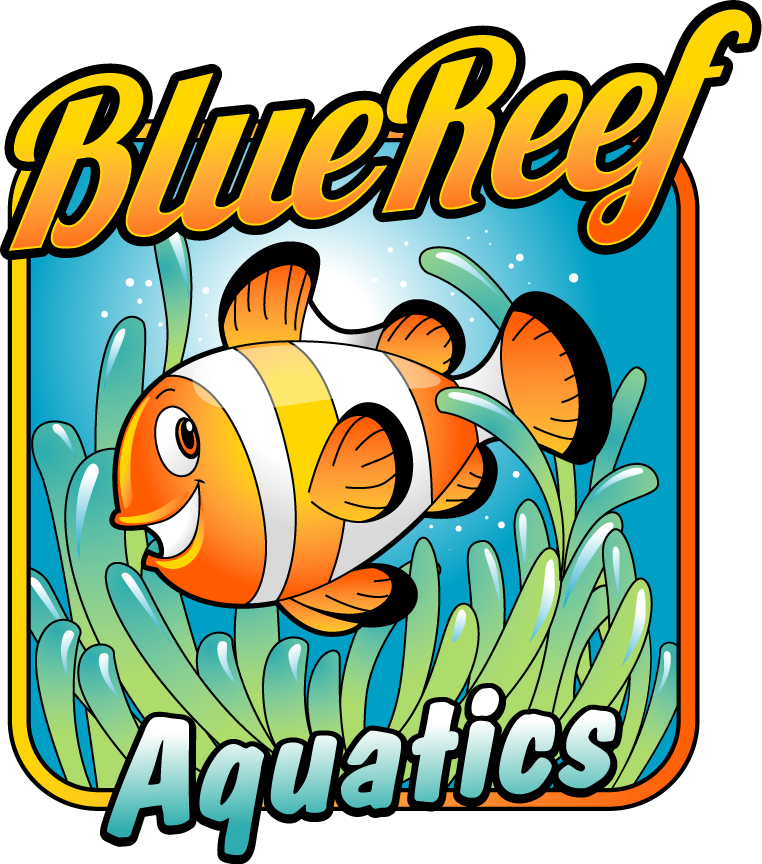Acclimation of new tank inhabitants is very important. The water between your tank and the water in the shipping bag will differ in salinity, PH, temperature and many other parameters. A quick change in these parameters can be detrimental to the new tank inhabitant. We recommend using either of the following 2 forms of acclimation. DO NOT rush the acclimation process; be patient.Floating Method—Used for hardy tank inhabitants that do not require the advanced drip method.
- Reduce your lights to at least just actinic or completely shut off.
- Place the sealed bag into the aquarium. Allow the bag to float on the surface for 15 minutes. This will allow the temperature between the bag and the tank to equalize.
- Once the bag has temperature acclimated, cut the bag open just below the rubber band or metal clip and roll the top edge of the bag down one inch to create an air pocket within the lip of the bag. This will enable the bag to float on the surface of the water. Another option is to place the bag into a bowl or pan.
- Add about ½ cup of aquarium water to the shipping bag.
- Repeat step 4 every five minutes until the bag is near full.
- Take the shipping bag out of the aquarium and remove half the water.
- Repeat steps 4 and 5.
- Net the new tank inhabitant and release it into your aquarium.
- Discard the water from the shipping bag. Never pour the water back into the aquarium.
Drip Method—Used for more sensitive tank inhabitants. Causes less stress then the floating method but takes much longer. Required equipment: Clean water container, airline tubing, patience and the desire to monitor the entire process.
- Begin by following steps 1 and 2 of the floating method to ensure proper temperature acclimation.
- Carefully empty the contents into your water container, including your new tank inhabitant. Be sure not to expose sensitive tank inhabitants to air. Ensure that the specimen is fully submerged in water. If the water in your shipping bag is too little to cover the surface area of your water container and the specimen together, prop one side of the water container up at a 45 degree angle.
- Take your airline tubing and tie several loose knots to regulate flow from the aquarium to the specimen container.
- Begin a siphon by placing one end of the airline tubing in your tank and sucking on the other end until the water begins to flow. This will create a drip effect that will be directed into the water container with your specimen. Once the water begins to flow you can adjust the drip by tightening or loosening the knots. The rate of water flow should be 2-4 drips per second.
- When the water volume in the container doubles, discard half and begin the drip again until the volume doubles once more.
- Net the specimen and release it into your aquarium. Sponges, clams, and gorgonias should never be directly exposed to air. If necessary, submerge the shipping bag into the specimen container and gently scoop the specimen into it, making sure it is fully covered in water. Next, submerge the shipping bag underwater in the aquarium and gently remove the specimen from the bag. Then, seal off the bag underwater by twisting the opening, and remove it from the aquarium. Discard both the bag and the enclosed water.
